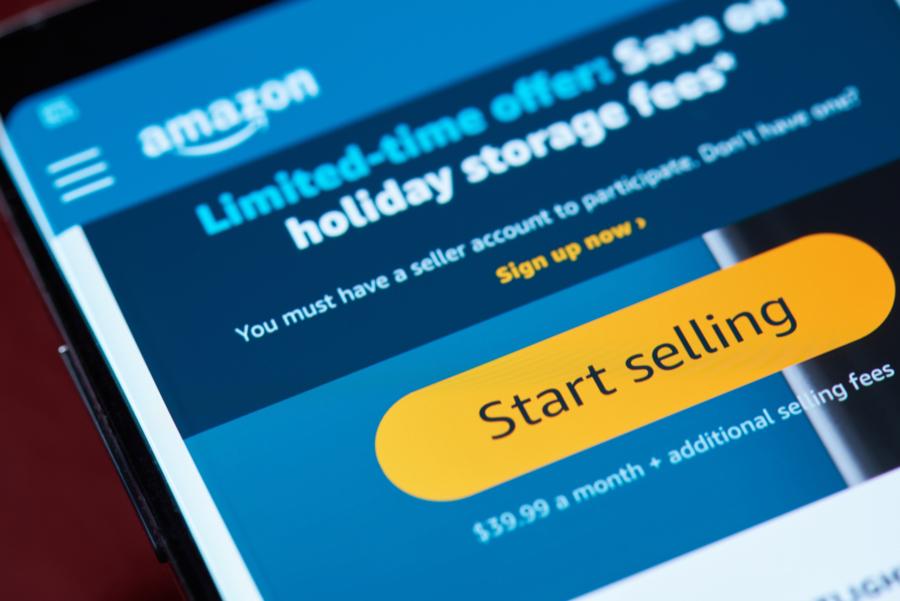Customer loyalty and optimism is at the top of most companies' list of things to be concerned about during COVID-19. The way companies react to the current crisis and publicly treat their customers will significantly alter their
- Home
- Digital Marketing
With the current situation of the world, not many are traveling outside of their residing neighborhoods, or even have the ability to. Being able to market your business locally and digitally is now more important than ever.
COVID-19 has massively disrupted all business and daily activities which forces us to rethink everything we do. Now more than ever, the world needs creativity and fresh ideas on how to manage such an overwhelming situation. Not
Many marketers swear by the use of monthly content calendars. While there are real benefits of using content calendars, they still have their pitfalls. They require a lot of time and effort, and sometimes those things can’t
As a result of the Coronavirus outbreak, many companies are transitioning to working remote. While working from home is a dream for many, there are many challenges that can come with it. We don’t know how long
Every company is dealing with the impact of the COVID-19 outbreak, and with the status of countries ever-changing, finding the right response is difficult. This is not a “marketing opportunity” for brands to capitalize on. It’s a
Coronavirus is something that can no longer be ignored by marketers, as much as they might want to. Industries around the globe are starting to feel the effects, but none are getting hit as hard as one
Today’s consumers no longer use Amazon just to purchase products. 90% of consumers use Amazon to price check a product, 72% of consumers visit Amazon for product ideas, and 56% of consumers visit Amazon before any other
If you’ve been struggling with increasing traffic to your site, acquire downloads, leads, clients, etc. it’s possible that it’s due to a high bounce rate. A high bounce rate is one of the most common conversion killers.
Infographics are a great marketing tool, as they allow for easy communication of complex ideas in a visual way. Over the past few years, they’ve been forgotten due to the mass production of extremely low quality infographics















